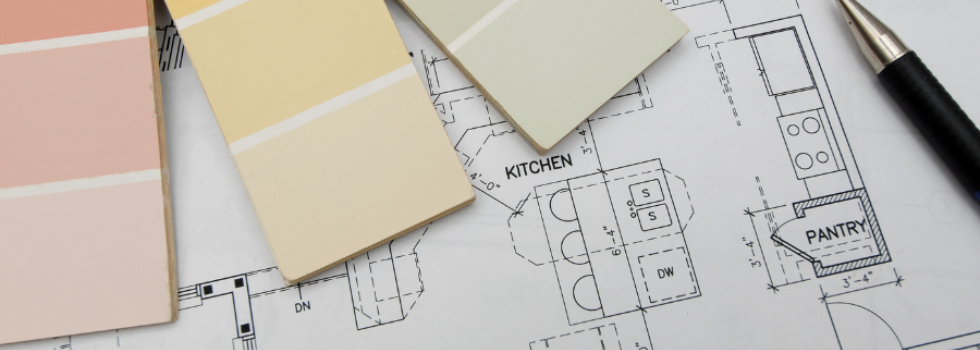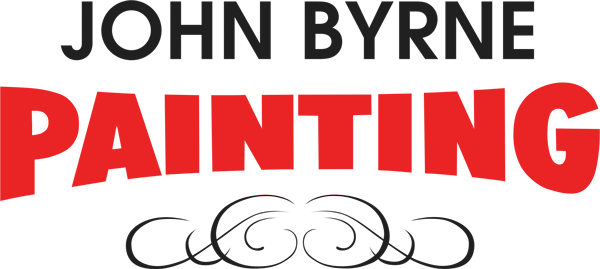6 Tips and Tricks for a Successful Interior Painting Project

Full disclosure? Our best tip is to hire a professional interior painting company. Honestly. What can seem like a fun do-it-yourself project at first can quickly snowball into a bigger, more labor-intensive process than you had bargained for. Plus, there’s just nothing as disappointing as pouring all those hours into a repaint only to have it not turn out the way you’d hoped.
But if you do want to tackle a project yourself, we have a few pro tips and tricks for interior painting to help smooth the way a bit. Ready to get started? Let’s dig in.
Clean and prep your surfaces for the best paint adhesion
When it comes to interior painting, one of the most important tips and tricks is to make sure you clean dirty/dusty surfaces before applying any paint (even in the cleanest of homes!). This is critical because it allows the paint to form a strong bond with the surface (that’s the “adhesion” we referred to). Use a mild detergent and damp cloth to remove any dirt, dust, and debris, then make sure to let the surface dry thoroughly before painting.
Here are a few more bonus prep tips for you:
Protect Your Floors — Cover the floors with a drop cloth no matter how careful you plan to be. This will help you avoid any costly clean-up later on.
Cut in First — Before you start rolling, make sure to cut in first. This means painting the edges and corners of your walls with a brush before you use the roller. This will give you a more even finish and will make it easier to roll the rest of the wall without having to worry about the edges.
Clean as You Go — As you paint, make sure to clean your brushes and rollers often so that the paint doesn’t get too thick or lumpy. Also, clean up any spills as soon as possible.
How do you avoid roller marks on your wall? Keep a wet edge
Ready for another technical painting term? “Lap marks” are those ugly lines left by a poorly rolled wall — a sure sign that a novice has been at work.
To avoid lap marks, use your roller to paint the full height of the wall in smooth strokes, maintaining a wet edge. This means that you should start at the top of the wall and work your way down, keep the roller wet, and overlap the previous stroke before it dries to create a more even and consistent finish. Additionally, use a quality paint and primer to ensure that the color is true and the finish is even.
Purchase high-quality roller covers and brushes
Speaking of quality, having the right tools for the job is essential. Invest in high-quality roller covers — you’ll be SO glad you did. Choose one with a high thread count for smooth application and better coverage, plus the right “nap.” Surfaces like drywall require a shorter nap, while more textured substrates require a longer nap so you can get in all the nooks and crannies.
There are many different types of brushes available, so make sure you choose one with a comfortable handle and soft bristles. Also, make sure that the roller cover and brush are compatible with the paint finish you are using. For example, if you are using an oil-based finish, use a natural-bristle brush.
Only use high-quality interior paint
Picking up on the theme here? When it comes to any type of painting, the quality of the product you use will make all the difference. This is especially true for interior paint, working wonders for the finished look of your walls. Also, not only will the paint last longer, but it will look better and fresher too.
Our best advice is to avoid the bargain brands at your local big box store and skip right to the name-brand options. You’ll pay more up front, but the value is tremendous: better color retention, better coverage, better longevity, better durability… You get the idea.
Let the roller do the work
The roller is your best friend! It is the quickest and easiest way to apply an even coat of paint. As you get rolling, make sure to use the W technique: paint in a series of W‑shaped strokes, starting at the top and working your way down. This will ensure that the paint is evenly applied and will look better than if you just rolled in one direction. And keep that wet edge like we mentioned above!
Use cotton drop cloths, not plastic sheets
Those plastic sheets may be cheap and convenient, but cotton drop cloths are much better for several key reasons:
They’re more absorbent than plastic, meaning they can help protect your floors and furniture from any spills or splashes
They are much easier to maneuver and work around than plastic sheets
You can reuse them for future projects
Pro tip? Secure your drop cloths with painter’s tape so they don’t move while you’re painting. There’s nothing worse than drop clothes sliding around underfoot while you’re trying to work.
Have more questions about your interior painting project?
Contact us at John Byrne Painting! We’d love to discuss your goals with you and share exactly how we can help. In the meantime, you can explore all ourinterior painting services here.



















































